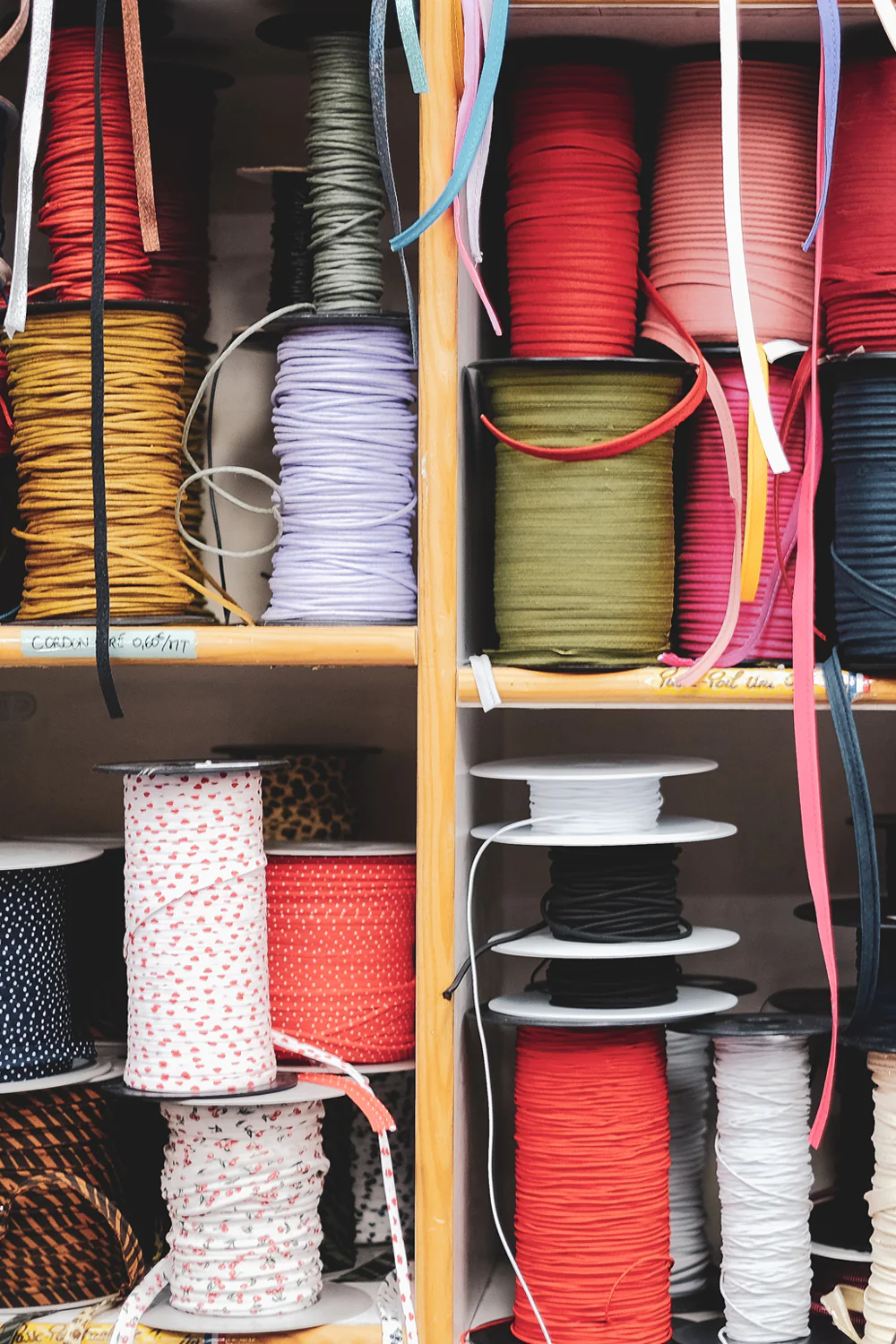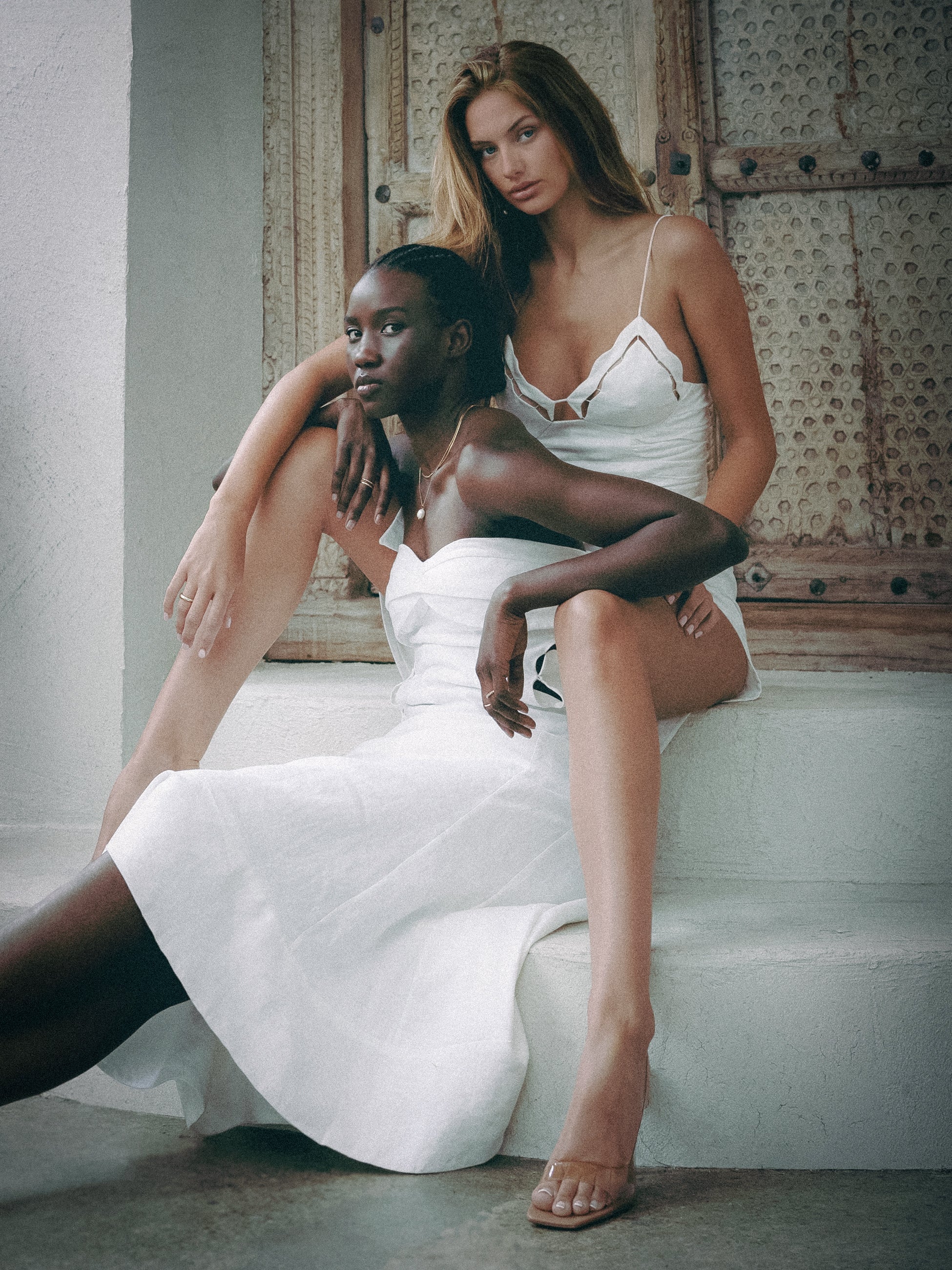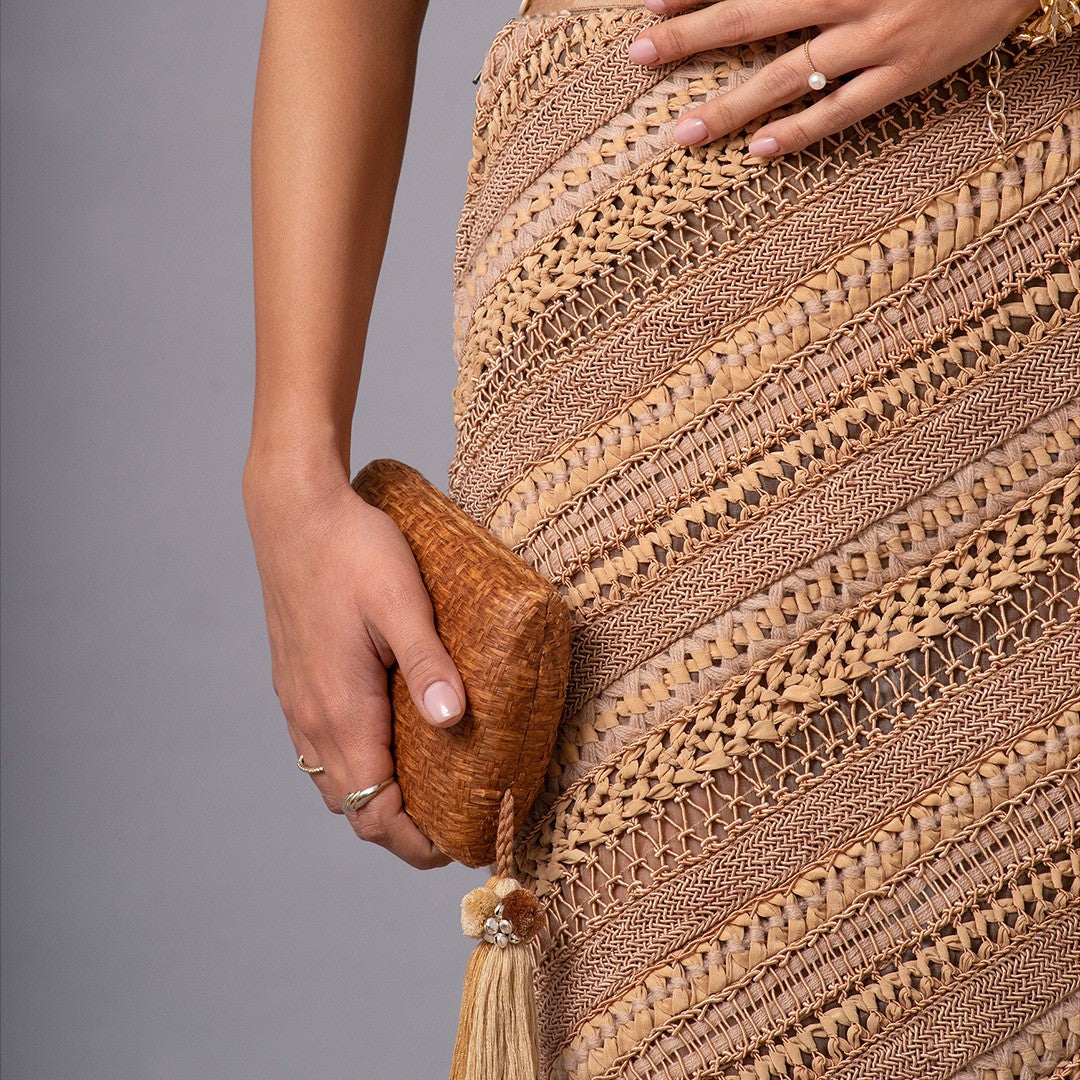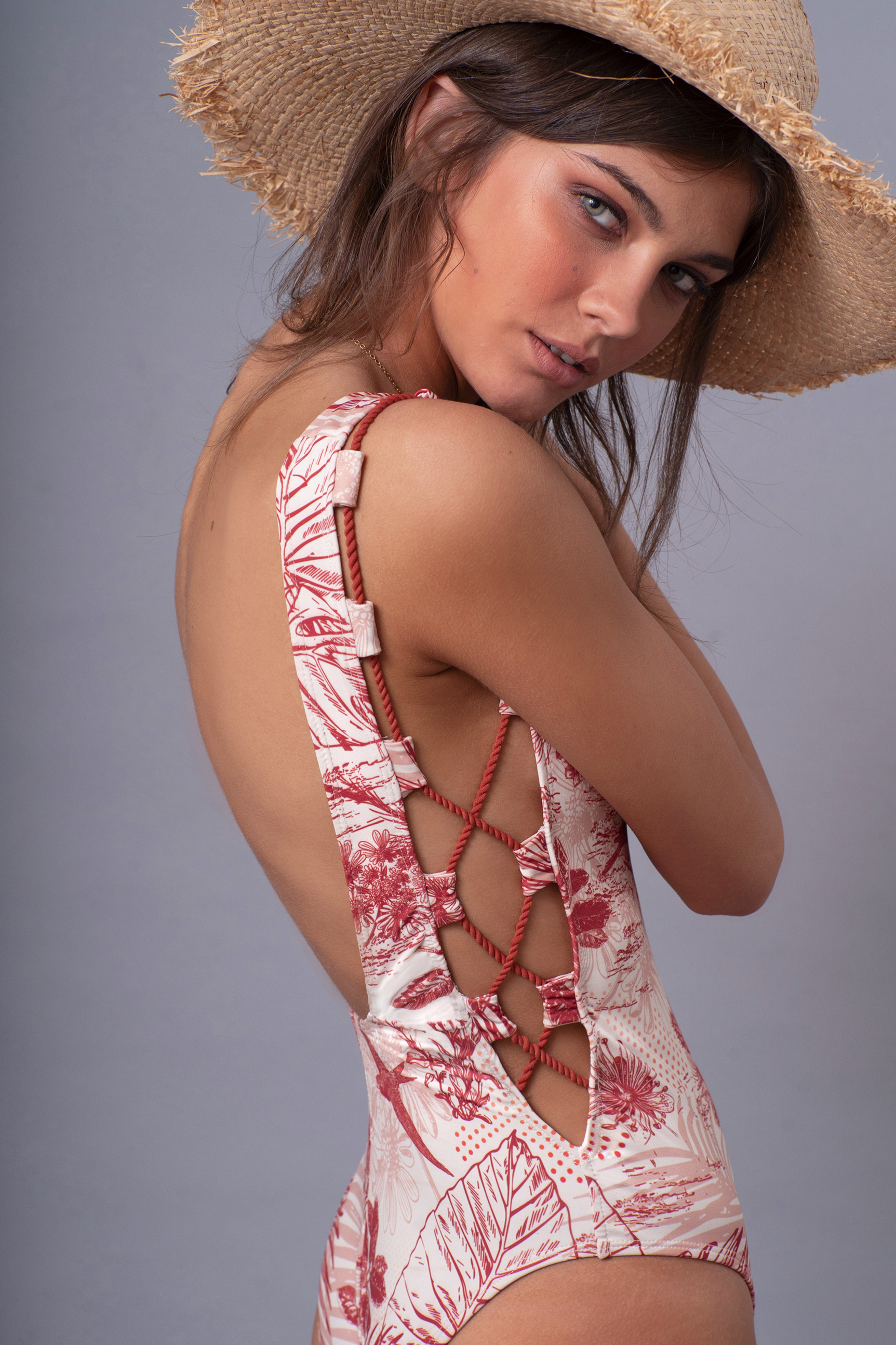COMPLIMENTARY EXPRESS SHIPPING IN AUSTRALIA / NZ ON ORDERS OVER 250AUD | 500 USD ON INTERNATIONAL ORDERS
COMPLIMENTARY EXPRESS SHIPPING IN AUSTRALIA / NZ ON ORDERS OVER 250AUD | 500 USD ON INTERNATIONAL ORDERS

Essentially, fast fashion is the opposite of slow fashion. Fast fashion entails cheap, low-quality clothing, usually discarded after a few years and with a quick turn-around between collections. The prevalence of fast fashion has formed a culture that is both damaging to the environment (through pollution and the over-use of limited resources), and unethical (through its engagement in production methods that exploit workers).
“There has been a tendency, especially in the last decade, to produce garments on monthly, if not weekly, drops. This not only ‘feeds’ consumerism, but also creates an oversupply of garments which go into landfill,” explains Nina Après Swim founder and designer, Natasha Nikolovska. “This process creates multiple other issues, such as the driving of competitive, low-cost prices which pressure suppliers to underpay and ‘cut corners’; an attitude of quantity over quality; and many negative consequences for the people who work in the fashion industry.”
What is Slow Fashion?
Slow fashion is the sustainable and ethical ‘backlash’ movement against the fast fashion phenomenon. In opposition to the fast fashion model, and the issues that it creates, slow fashion encompasses a greater awareness and consideration of the resources and processes used to create clothing. Slow fashion is intended to reduce the environmental impact of clothing creation, to provide better conditions for the people involved in every step of the fashion industry, and to celebrate the skills of craftspeople and the creation of sustainable garments.
What Are The Characteristics of Slow Fashion?
An important characteristic of slow fashion is that its clothing is made from high-quality materials that are sustainable and have a low environmental impact (such as linen and recycled fabric). Furthermore, slow fashion garments are designed to be ‘timeless’ and are made to last (think: high-quality and trans-seasonal).
A second important aspect of slow fashion is scale. On the opposite side of the scale from fast fashion brands, slow fashion brands typically release only one or two collections per year, with a few specific styles within each collection. Slow fashion brands also usually operate on a smaller scale. This means small online or local stores rather than chains, and items either made in small batches or made-to-order to reduce unnecessary waste.
Watch as designer Natasha brings the Hidden Heritage Collection to life....
To purchase from the new Hidden Heritage collection today, visit our website.






